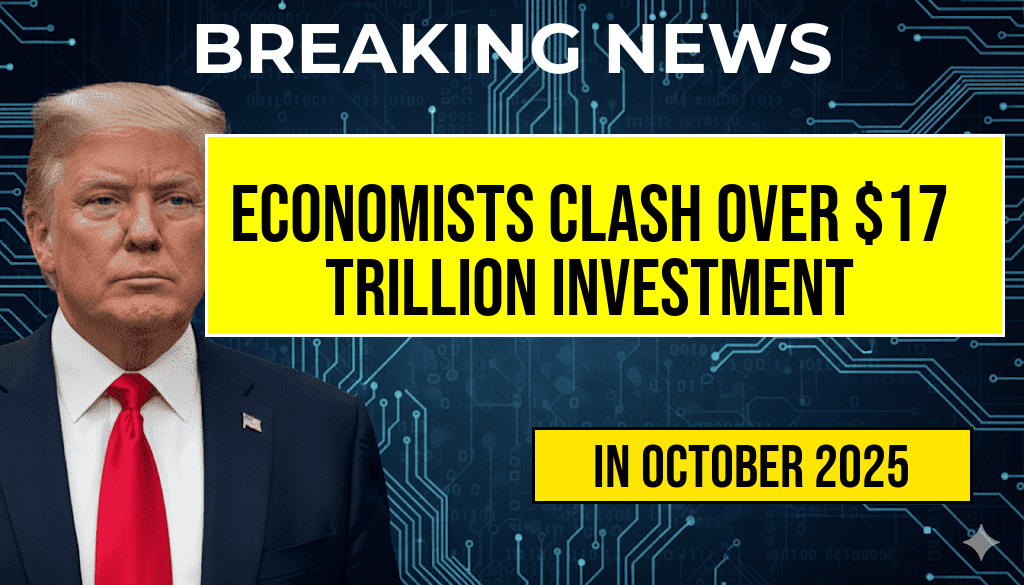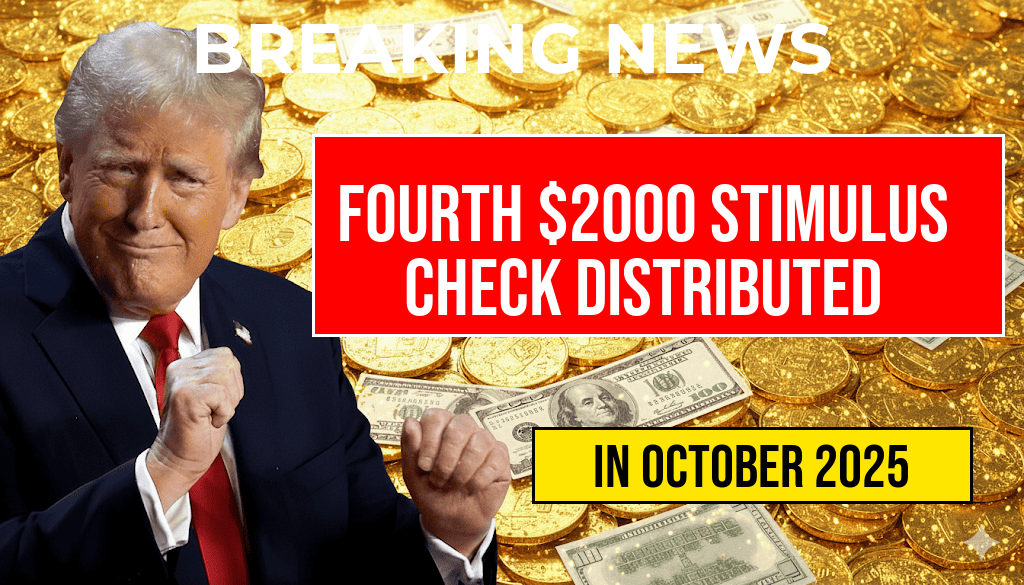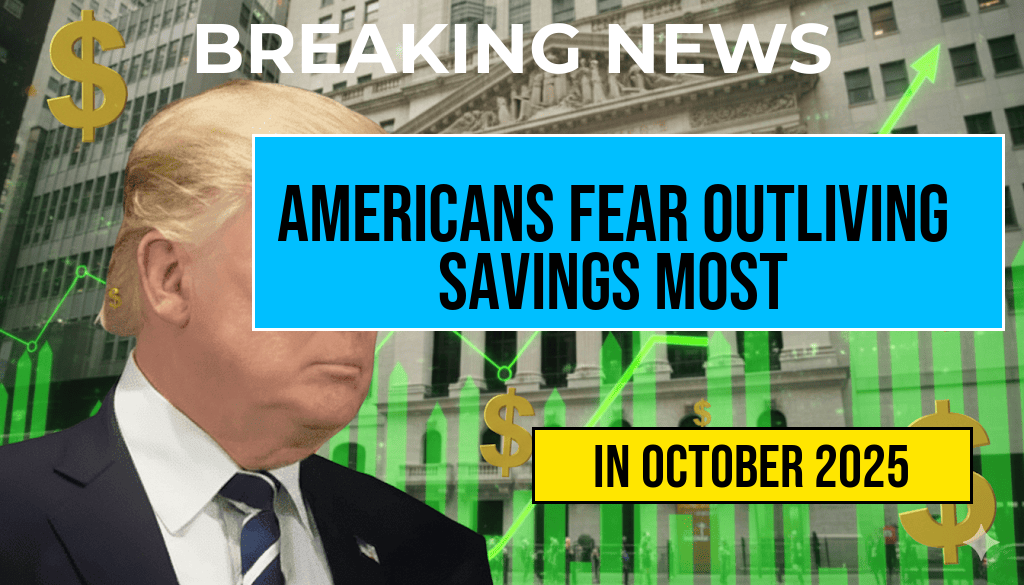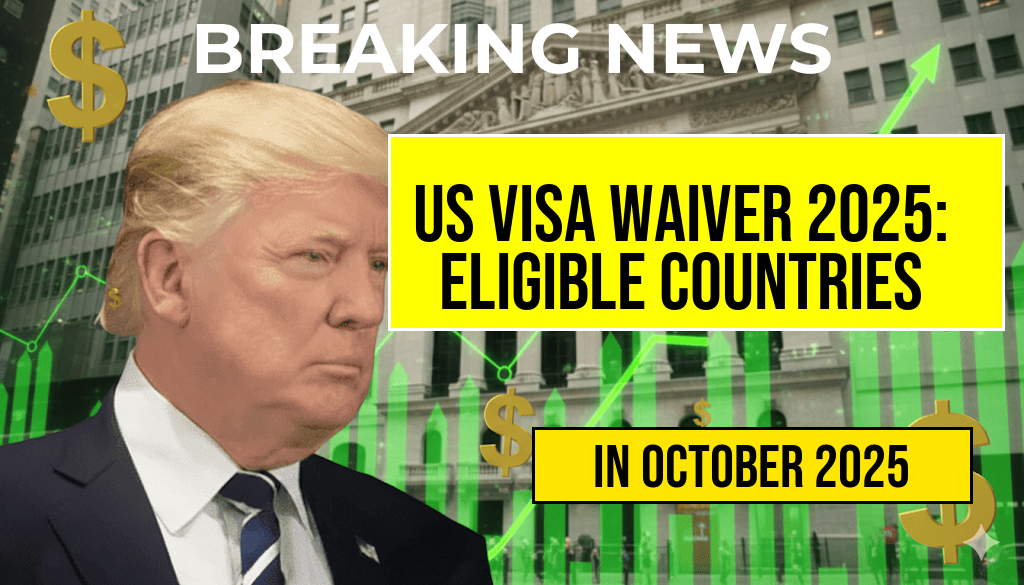Amid mounting debate among economists and analysts, the claim that former President Donald Trump’s global investment total could reach as high as $17 trillion has sparked intense scrutiny and conflicting interpretations. Proponents argue that this figure reflects a comprehensive assessment of Trump’s personal and business-related foreign investments, assets, and economic influence spanning decades. Critics, however, question the methodology behind such an estimate, suggesting it may conflate various financial metrics or exaggerate the scope of Trump’s international financial footprint. As the figure circulates in political and financial circles, experts emphasize the importance of clear definitions and transparent calculations when evaluating claims of this magnitude.
The Origins of the $17 Trillion Estimate
The $17 trillion figure emerged from a combination of analyses by political commentators and financial analysts attempting to quantify Donald Trump’s global economic reach. The estimate reportedly considers not only his direct investments but also the broader influence of his business empire, including real estate holdings, licensing deals, and the economic impact of his political policies. Some sources trace the origin of the number to a report by a financial think tank that attempted to measure the combined value of assets linked to Trump’s brand worldwide.
Methodological Disputes and Interpretations
Economists and financial experts are divided over the validity of aggregating such diverse components into a single figure. Critics argue that including indirect influence or potential future earnings skews the picture, while supporters contend that the number offers a comprehensive view of Trump’s economic footprint. Econometric analyses highlight the challenges in accurately estimating the value of intangible assets, especially when they span multiple jurisdictions and regulatory environments.
Points of Contention Among Economists
| Proponents | Opponents |
|---|---|
| Includes direct investments, real estate, licensing, and brand value | Potential overestimation by aggregating assets and influence |
| Reflects Trump’s global economic influence and market reach | Difficulty in assigning precise valuation to intangible assets |
| Supports narrative of Trump’s substantial financial footprint | Lacks transparency in calculation methodology |
Implications for Political and Financial Discourse
The debate over this figure extends beyond academic circles, influencing perceptions of Trump’s power and economic influence. Supporters argue that the $17 trillion estimate underscores his capacity to shape markets and policy globally, framing him as an economic titan. Conversely, critics warn that such figures can be misleading if not contextualized properly, risking inflated perceptions of his wealth and influence.
Impact on Public Perception and Policy
- Media narratives: The figure has been used to bolster claims of Trump’s economic dominance or to critique his policies’ global effects.
- Investor confidence: Some analysts suggest that perceptions of Trump’s economic reach could influence international investment flows, though concrete data remains elusive.
- Policy debates: Lawmakers and regulators grapple with understanding the scale of influence that such wealth might confer, especially amid discussions of foreign investments and national security.
Expert Opinions and Future Outlook
Leading economists emphasize caution in interpreting the $17 trillion estimate, advocating for more transparent, standardized measures of financial influence. Dr. Lisa Montgomery, a professor of international finance at Harvard Business School, notes, “While Trump’s global business footprint is undoubtedly significant, collapsing it into a single dollar figure risks oversimplification. Accurate valuation depends on clear boundaries and rigorous methodology.”
As investigations and analyses continue, the debate underscores broader questions about how wealth and influence are measured in a complex, interconnected world. The figure’s legitimacy hinges on the transparency of its calculation and the consensus within the economic community. For now, the financial industry remains cautious, emphasizing the importance of context and precise data when discussing estimates of this scale.
Frequently Asked Questions
What is the main controversy discussed in the article?
The article discusses the dispute among economists regarding President Trump’s estimated global investment total of $17 trillion, with differing opinions on its accuracy and implications.
Why is the $17 trillion figure significant in the context of the global economy?
The $17 trillion figure is significant because it represents a substantial portion of international investments, raising questions about economic influence, policy effects, and global financial stability.
What are the main arguments from economists who support Trump’s investment estimate?
Supporters argue that the estimate reflects strong economic growth, increased foreign direct investment, and successful trade policies under Trump’s administration, highlighting positive impacts on the global economy.
What concerns do critics raise about the accuracy of the $17 trillion investment total?
Critics question the methodology, data sources, and assumptions used to arrive at the $17 trillion figure, suggesting it may be exaggerated or overly optimistic and could mislead policymakers and the public.
How might this debate over the $17 trillion investment total influence future economic policies?
The debate could impact policy decisions, international trade negotiations, and investment strategies, as stakeholders interpret the figures differently and may adjust their approaches accordingly.









